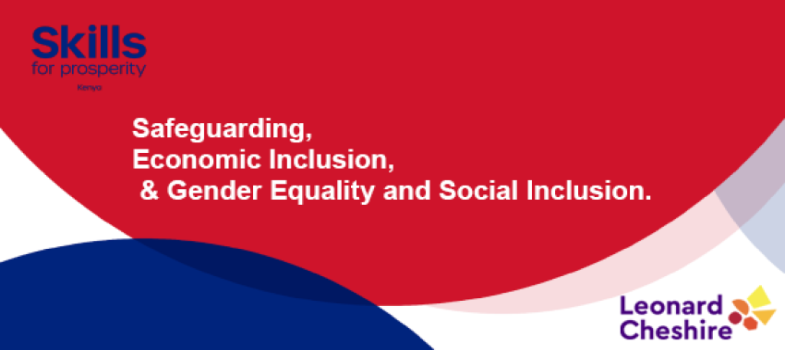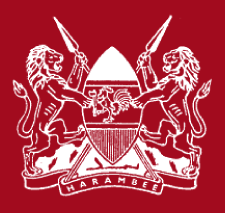2.1.8 The Prosperity Fund’s Gender and Social Inclusion Framework
The Prosperity Fund’s Gender and Inclusion Framework is formulated to support the implementation of the Skills for Prosperity Programme (S4PKe). It sets three different levels for the implementation of GESI and the criteria to ensure the S4PKe is fully complying with each one – with the “do no harm” principle assumed across the board.
The three levels include:
1. Minimum compliance Level, also known as Level 1. Programmes at this level are those that address the basic needs of vulnerabilities with minimal institutional change by ensuring:vi) Interventions address basic needs such as sex, age, geographical location & income quintile data;
vii) information sharing;
viii) codes of conduct; and;
ix) community engagement.
ii) Improved size/profitability of enterprises for the marginalised groups;
iii) Increased access and control over economic assets for women;
iv) Recognition of women’s care & household responsibilities as constraints;
v) Increased decision-making power;
vi) Gender and inclusion mainstreaming with some institutional change, and;
vii) Meaningful participation throughout the programme cycle.
3. Transformation level, also known as Level 3. In addition to empowerment criteria, they are characterised by:
i) Action & support to remove systemic barriers to inclusive growth and challenge power imbalances;
ii) Promotion and advocacy on protective legal, regulatory & policy frameworks;
iii) Challenging social norms;
iv) Tackling discriminatory attitudes;
v) Amplifying collective voice & action;
vi) Supporting benefit-sharing schemes, and;
vii) Focusing on specific requirements for programmes in urban areas, infrastructure, trade facilitation and anti-corruption
The figure below summarises the framework.

This framework is applied to different system levels: individual; interpersonal/community; projects and services; organisations and employers, and; society seeking structural changes.

| Previous | Next |






